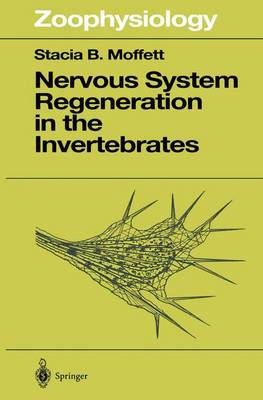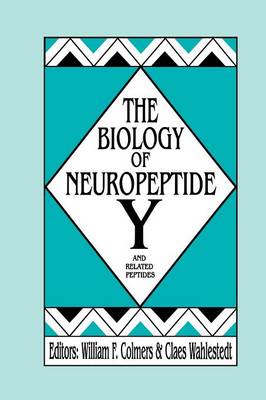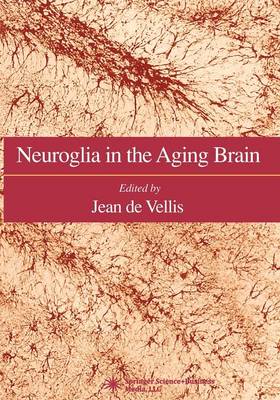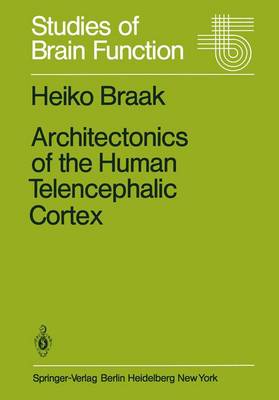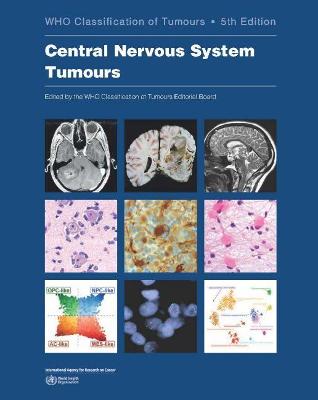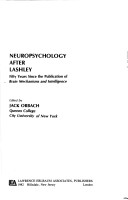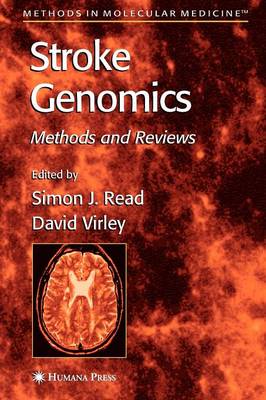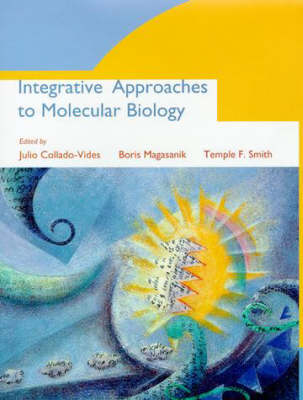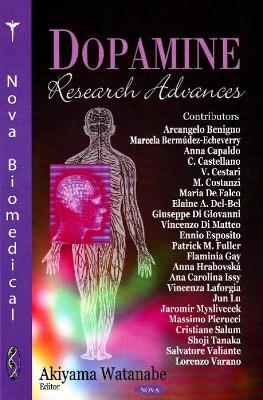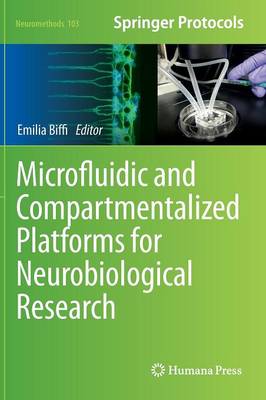Nervous System Regeneration in the Invertebrates (Zoophysiology, v. 34)
by Stacia B. Moffett
Invertebrate animals represent a diversity of solutions to life's challenges. Success in a wide range of environments has been achieved by an almost bewildering range of invertebrate body forms. These body forms are reflected in the wonderful diversity of their nervous systems. Despite this apparent diversity, studies of the development of invertebrates and vertebrates are yielding common themes at the molecular level. Likewise, the phenome- non of neural regeneration is based upon properties in...
Neurobiology of Aggression (Contemporary Neuroscience)
Aggression is a highly conserved behavioral adaptation that evolved to help org- isms compete for limited resources and thereby ensure their survival. However, in modern societies where resources such as food, shelter, etc. are not limiting, aggr- sion has become a major cultural problem worldwide presumably because of its deep seeded roots in the neuronal circuits and neurochemical pathways of the human brain. In Neurobiology of Aggression: Understanding and Preventing Violence, leading experts...
The Biology of Neuropeptide Y and Related Peptides (Contemporary Neuroscience)
by William F. Colmers and Claes Wahlestedt
Leading experts critically summarize the state of knowledge concerning the molecular, anatomical, physiological, and behavioral aspects of NPY and its congeners. Each article provides a comprehensive and in-depth survey, an overview of the role of NPY in the discipline covered, a discussion of the likely future direction that the field will take, and an up-to-date bibliography. Chapters include a treatment of the evolution of the PP family of genes, the structure of the NPY gene, and the distr...
Neuroglia in the Aging Brain (Contemporary Neuroscience)
A distinguished panel of internationally recognized neuroscientists comprehensively review the involvement of and changes in glial cells both during the normal aging process and in the major disorders of old age. Topics range from the cellular and molecular changes that occur with aging-especially aging-associated activation of astrocytes and microglia and its relation to neuronal injury and repair-to neuron-glia intercommunication. The contributors show how glial signals may be modulated by hor...
Rossini: Non-Invasive Stimulation of Brain & Spinal Cord (Proc. Sorrento, Italy May 1987)
by PM ROSSINI
Im diesem aktuellen Lehrbuchklassiker hat John R. Anderson die modernen Erkenntnisse der Gehirnforschung und der experimentellen Kognitionswissenschaft zusammengefuhrt. Die Neuauflage ist angereichert mit neuen Erkenntnissen aus den Themengebieten Gedachtnis, Emotion und Spracherwerb (inkl. dem Erlernen einer Fremdsprache) und dem Vergleich von 'Artificial Intelligence' vs 'Human Intelligence' sowie Erkenntnissen aus der kognitiven Neurowissenschaft. Der Leser erhalt einen fundierten und gut ver...
Netter. Atlas de Neurociencia
by David L Felten, M Kerry O'Banion, and Mary Summo Maida
Architectonics of the Human Telencephalic Cortex (Studies of Brain Function, #4)
by Heiko Braak
This is a timely opus. Most of us now are too young to remember the unpleasant ring of a polemic between those who produced "hair-splitting" parcellations of the cortex (to paraphrase one of O. Vogt's favourite expressions) and those who saw the cortex as a homogeneous matrix sus- taining the reverberations of EEG waves (to paraphrase Bailey and von Bonin). One camp accused the other of producing bogus preparations with a paint brush, and the other way around the accusation was that of poor eye-...
Rodent Bioacoustics (Springer Handbook of Auditory Research, #67)
By far, the most widely used subjects in psychological and biological research today are rodents. Although rats and mice comprise the largest group of animals used in research, there are over 2,000 species and 27 families of rodents, living all over the world (except Antarctica) and thriving in many different habitat types. The vast environmental diversity that rodents face has led to numerous adaptations for communication, including vocalizing and hearing in both the sonic and ultrasonic ranges...
The traditional model of synapses as fixed structures has been replaced by a dynamic one in which synapses are constantly being deleted and replaced. This book, written by a leading researcher on the neurochemistry of schizophrenia, integrates material from neuroscience and cell biology to provide a comprehensive account of our current knowledge of the neurochemical basis of synaptic plasticity. The book presents the evidence for synaptic plasticity, an account of the dendritic spine and the gl...
Neuropsychology After Lashley
Hypothalamic Peptide Hormones and Pituitary Regulation
The proceedings of a workshop conference are presented in this volume entitled Hypothalamic Peptide Hormones and Pituitary Regulation. The workshop was held in Wilson Hall on the campus of the National Institutes of Health, Bethesda, Maryland, during the days of November 1-2, 1976, and is the most recent of three symposia on neuroendocrinology that have been sponsored by the National Institutes of Health. The first one was held on December 6 - 8, 1961, in the New Everglades Hotel at Miami, Flori...
Textbook of Ion Channels Volume I
The Textbook of Ion Channels is a set of three volumes providing a wide-ranging reference source on ion channels for students, instructors and researchers. Ion channels are membrane proteins that control the electrical properties of neurons and cardiac cells; mediate the detection and response to sensory stimuli like light, sound, odor, and taste; and regulate the response to physical stimuli like temperature and pressure. In non-excitable tissues, ion channels are instrumental for the regulatio...
Microbial Contamination Control in Parenteral Manufacturing
by Samuel H. Yalkowsky
Stroke Genomics (Methods in Molecular Medicine, #104)
With sequencing of the human genome now complete, deciphering the role of gene function in human neurological pathophysiology is a promise that has yet to be realized. More than most diseases, stroke has been keenly studied from a genomic perspective. Studies are numerous and incorporate data on stroke inheritance, chromosomal loci of risk, preclinical models of stroke, and differential gene expression of brain injury, repair, and recovery. The problem is no longer a lack of information but one...
Serotonin (5-HT) was isolated and chemically characterized nearly four decades ago, and is now generally accepted to function as a neurotransmitter and neuromodulatory agent. Early research focused on the measurement of concentrations, synthesis, and metabolism of 5-HT, and only recently has the focus shifted to characterization of 5-HT receptors. Gaddum and Picarelli first sug gested in 1957 that the effect of 5-HT in the guinea pig ileum is mediated by two pharmacologically distinguishable re...
Integrative Approaches to Molecular Biology
What are the main challenges of computational molecular biology once the genome projects are completed? Integrative Approaches to Molecular Biology focuses on molecular biology beyond sequences: from gene regulation to differentiation, a higher-level integration that will be a major theme in biology following conclusion of the genome program. It charts the course of the emerging discipline of integrative molecular biology from macromolecular sequences to a biological (and theoretical) perspectiv...
Better Than Conscious? (Strungmann Forum Reports) (Better Than Conscious?)
Conscious control enables human decision makers to override routines, to exercise willpower, to find innovative solutions, to learn by instruction, to decide collectively, and to justify their choices. These and many more advantages, however, come at a price: the ability to process information consciously is severely limited and conscious decision makers are liable to hundreds of biases. Measured against the norms of rational choice theory, conscious decision makers perform poorly. But if people...
Dopamine Research Advances
Dopamine is a phenethylamine naturally produced by the human body. In the brain, dopamine functions as a neurotransmitter, activating the five types of dopamine receptor -- D1, D2, D3, D4 and D5, and their variants. Dopamine is produced in several areas of the brain, including the substantia nigra. Dopamine is also a neurohormone released by the hypothalamus. Its main function as a hormone is to inhibit the release of prolactin from the anterior lobe of the pituitary. Dopamine can be supplied as...
Microfluidic and Compartmentalized Platforms for Neurobiological Research (Neuromethods, #103)
This volume presents cutting-edge techniques to design, fabricate and use compartmentalized microfluidic devices. Chapters encompass axon guidance and manipulation, compartmentalized devices for synapse manipulation, cell populations interaction either in physiological or pathological condition and compartmentalized devices for pharmacological research and drug discovery. Written in the popular Neuromethods series style, chapters include the kind of detail and key advice from the specialists nee...
